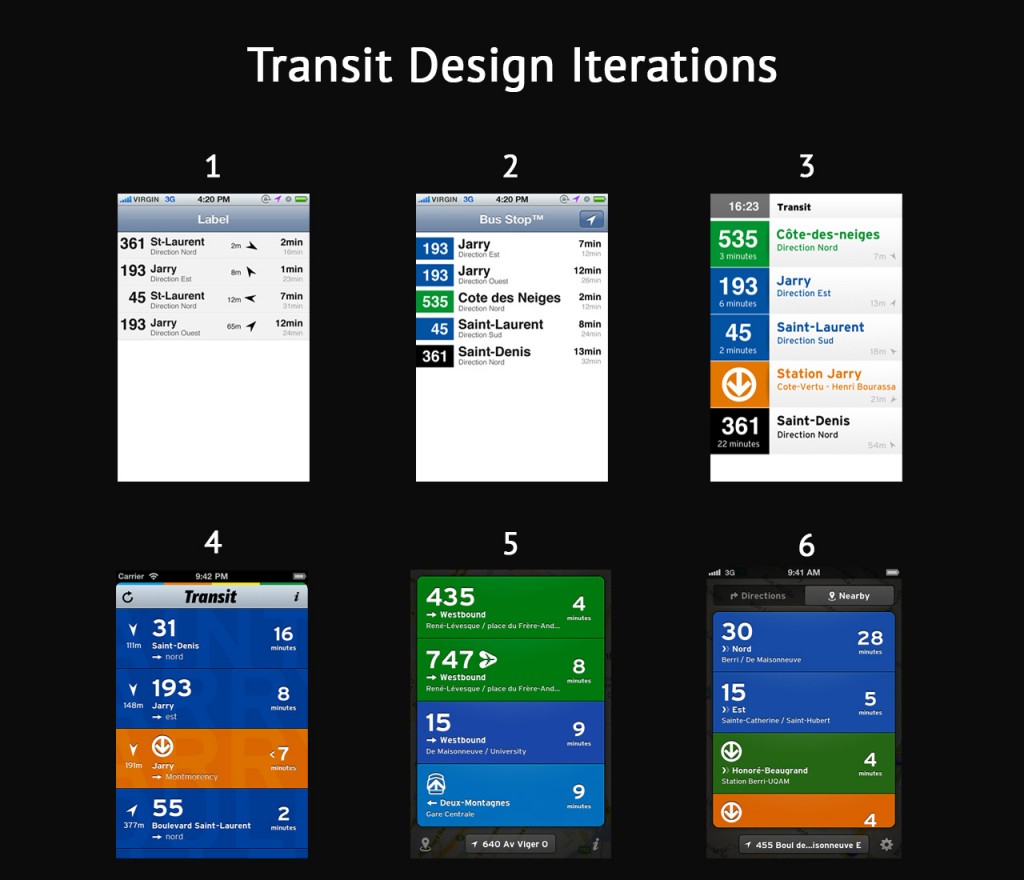Last year was huge for Apple products. The company announced and released a number of very important advancements, including iPhone 6, iOS 8, OS Yosemite, and Swift. The one product Apple announced but didn’t release could prove to have the most significant impact: Apple Watch.
Wearables are the next big platform for app development. While they’ve already caught on in Toronto, wearables aren’t predicted to receive mass adoption in the US until Apple Watch begins shipping in April. The function of wearables in the user’s daily life isn’t widely understood by the public. As with tablets, until consumers have the opportunity to use the devices and experience first-hand what the fuss is about, they will remain skeptical and the technological and market potential of wearables will remain untapped.
With the release and impact of Apple Watch looming, a surge in relevancy for wearable devices is imminent. As an app developer, wearables present a major opportunity upon which to capitalize: a brand new platform with new rules and plenty of room for innovation.
While the iPad acted as a bridge between the laptop and the smartphone, Apple Watch will have the smallest screen, functional for receiving information and sending out responses via voice memo and dictated text. The screen-size and lack of keyboard mean the controls are extremely simple. One would imagine very few practical applications which would work, however, this summary of the Apple Watch announcement shows how much app developers can do within the simple control scheme: The Verge Apple Watch Announcement in 6 minutes
The Honeywell application allows you to control the temperature of your home. Lutron allows you to control the lighting. Keep up to date on the latest sports scores, check text messages on the go without losing your train of thought. One of the cliche jokes about smartphones revolves around how we use them to avoid eye-contact. They disintegrate our social interactions because we’re constantly getting pulled away from conversations and sucked into the digital world. Apple Watch represents an intermediary device which will allows us to complete the bare essentials of digital communication without losing a step. The user can subtly process information sent to them without appearing rude for pulling out his/her phone.
The simplicity of Apple Watch weeds out overly-complicated unproductive applications to emphasize ways in which technology can aid the user in their day-to-day. The purpose of a watch is to help its owner have a better sense of time and time management. Apple Watch will no doubt see a host of new productivity apps released exclusive to the platform. The ability to set reminders with subtle notifications will allow professionals with busy schedules to stay focused on the task at hand without missing a beat.
Apple Watch presents a potential breakthrough for healthcare apps. Fitness tracks your daily movements and Workout allows users the ability to set goals for themselves and change their habits. Apple Watch will track glucose levels for diabetics. The ability to track heart-rate and movement also offers a host of uses for clinical applications detailed in this report.
About 35 million people reportedly want to buy an Apple Watch within a year of its release, according to Business Insider. It’s expected to be the biggest Apple release of the year and will likely initiate the widespread adoption of wearable devices. With its release looming, we can only speculate and await anxiously the future of wearable devices.
Mystic Media is an app development, web design, and strategic marketing firm located in Salt Lake City, Utah. Contact us today by clicking here or by phone at 801.994.6815



